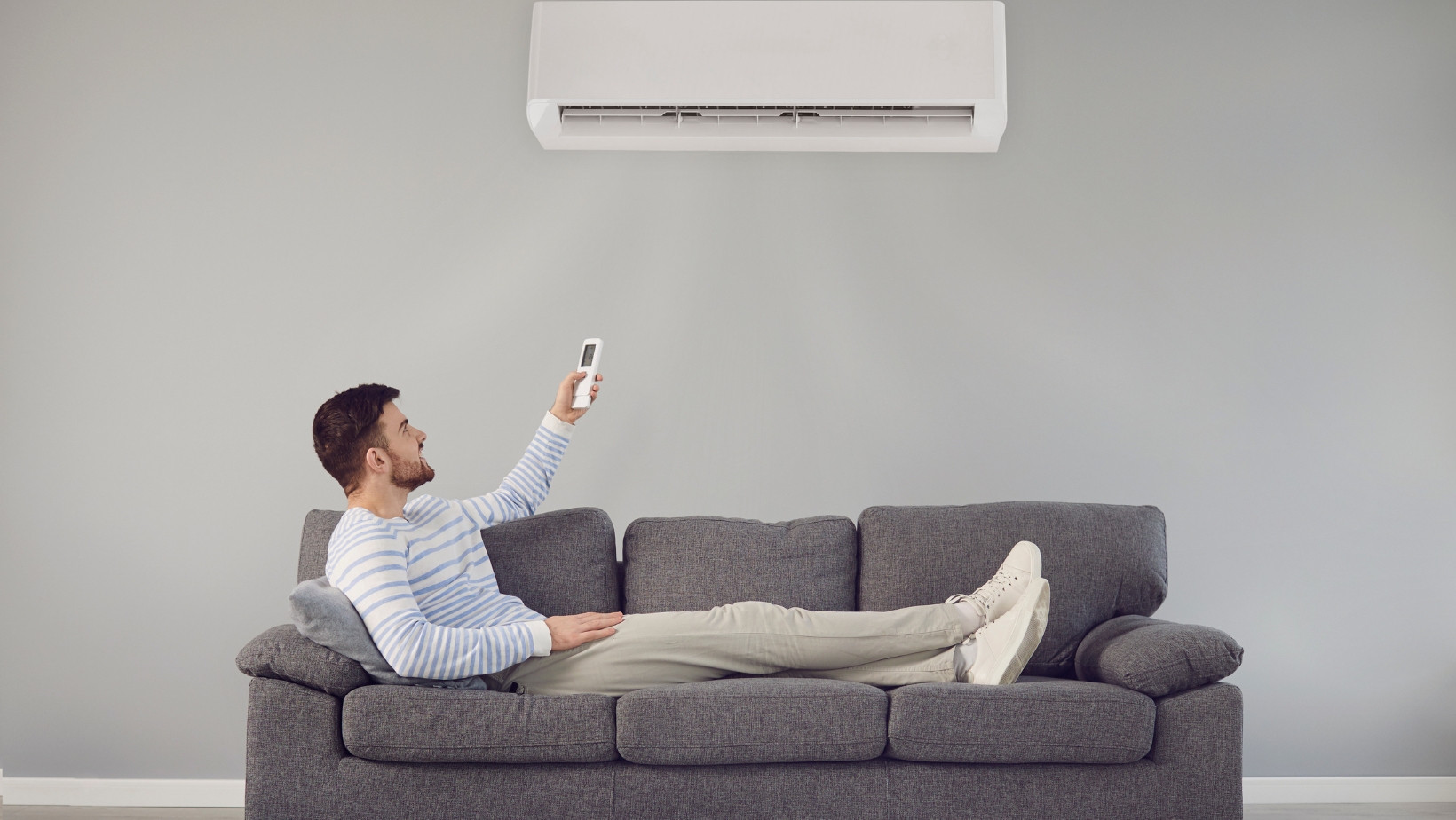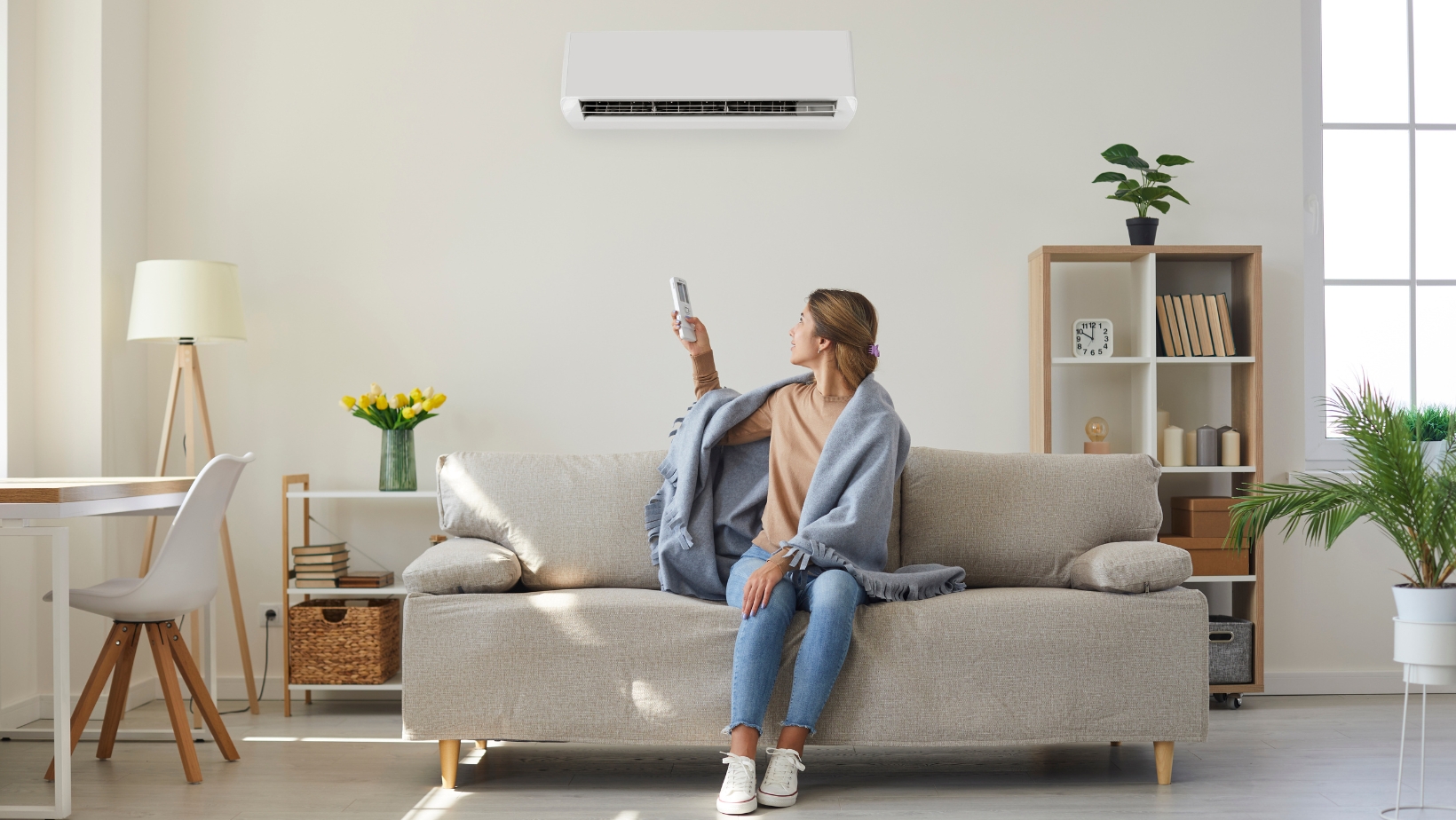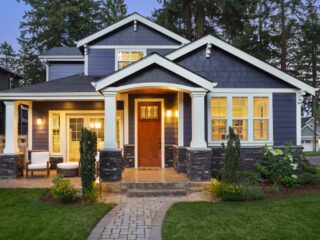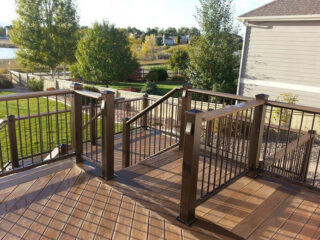
- To choose the right system, assess your home’s cooling needs by considering size, layout, climate, and energy efficiency.
- Explore different air conditioning options, including zoning capabilities and installation complexity, to find the best fit for your home.
- Prioritize energy efficiency by checking ratings, using smart thermostats, and ensuring proper insulation to reduce long-term costs.
- Proper installation and regular maintenance are essential for maximizing performance, extending the system lifespan, and avoiding costly repairs.
Upgrading your cooling system is a big decision that impacts your comfort, energy bills, and even the value of your home. Finding the right replacement requires careful thought, whether your current system is outdated, struggling to keep up with rising temperatures, or simply inefficient.
It’s about choosing a system that fits your space, meets your needs, and runs efficiently without breaking the bank. From understanding your home’s cooling demands to selecting the correct type of system, this guide will help you make an informed choice.
Evaluating Your Cooling Requirements
Before diving into specific air conditioning options, take a step back and assess your needs. The right cooling system depends on several factors, including your home’s size, climate, and insulation quality.
- Home Size and Layout: A larger home will naturally require a more robust system, but how your space is divided also matters. Open-plan living areas may need different cooling strategies than homes with multiple smaller rooms.
- Climate Considerations: If you live in a region with extreme heat, you’ll need a system that can handle prolonged use without skyrocketing energy costs. Conversely, milder climates might allow for a less powerful unit.
- Energy Efficiency: Look beyond the initial cost—an energy-efficient system can significantly reduce your electricity bills in the long run. Check for high-energy star ratings and features like variable-speed compressors for better performance.
Evaluating these factors will ensure you don’t end up with a system that’s too small (leading to overworking and inefficiency) or too large (resulting in unnecessary energy consumption).
Exploring Different Air Conditioning Options
When it comes to cooling your home, you have several options, each with advantages and limitations. Split systems are popular for cooling specific rooms, while evaporative coolers work well in dry climates. But a ducted cycle air conditioner could be the ideal solution if you’re looking for whole-home comfort.

This type of system offers a centralized cooling approach, distributing air through ducts to multiple rooms. It’s an excellent option for larger homes or those seeking a seamless, uniform cooling experience. Some key benefits include:
- Zoning Capabilities: Many models allow you to cool different areas of the house independently, reducing unnecessary energy use.
- Discreet Installation: Unlike wall-mounted units, ducted systems have minimal visual impact, with vents neatly placed in ceilings or floors.
- Improved Energy Efficiency: Modern systems are designed to operate efficiently, providing consistent cooling without excessive energy consumption.
However, it’s important to consider installation complexity and costs. While ducted systems offer superior comfort and efficiency, they require professional installation and may not be the best option for every home.
Energy Efficiency and Running Costs
Choosing the right cooling system isn’t just about comfort—it’s also about keeping your energy bills in check. A more efficient system may cost more upfront, but it can save you money in the long run. Here’s what to look for when evaluating energy efficiency and running costs.
- Energy Star Ratings: Air conditioners are rated for efficiency, with more stars indicating lower energy consumption. Opting for a high-rated unit can lead to significant savings over time.
- Smart Thermostats & Zoning: Many modern systems allow you to control different areas of your home separately. This means you won’t waste energy cooling empty rooms, leading to more efficient usage.
- SEER & EER Ratings: The Seasonal Energy Efficiency Ratio (SEER) and Energy Efficiency Ratio (EER) indicate how much cooling a system provides per unit of electricity consumed. A higher rating means better efficiency.
- The Role of Insulation: Your home’s insulation affects how hard your air conditioner works. Proper insulation and sealing gaps around windows and doors can enhance cooling efficiency, reducing energy waste.
Considering these factors, you can ensure that your upgraded cooling system is effective and cost-efficient.
Installation and Maintenance Considerations
Even the best cooling system won’t perform well without proper installation and regular maintenance. Here’s what you need to keep in mind:
- Professional Installation Matters: A poorly installed unit can lead to inefficiency, uneven cooling, and frequent breakdowns. Hiring a licensed technician ensures your system is set up correctly.
- Ductwork Condition: If you opt for a ducted system, check your existing ductwork for leaks or damage. Faulty ducts can reduce efficiency and lead to higher energy bills.
- Regular Maintenance: Keeping your system in top shape involves cleaning filters, checking refrigerant levels, and scheduling annual professional inspections. Neglecting maintenance can shorten the lifespan of your air conditioner.
- Potential Repair Costs: Over time, even high-quality systems may need repairs. Choosing a model with a good warranty and reliable service options can save you from unexpected expenses.
A well-installed and properly maintained cooling system will work more efficiently and last longer, giving you better value for your investment.
Making the Right Choice for Your Home
Upgrading your cooling system is a balance between performance, cost, and long-term benefits. To ensure you’re making the right decision, consider these final factors:
- Budget vs. Long-Term Savings: While a cheaper unit might seem appealing, investing in a high-efficiency system can save money on electricity and repairs over time.
- Warranties and Service Plans: Look for manufacturers that offer solid warranties and ongoing maintenance plans to protect your investment.
- Future-Proofing Your Cooling System: As energy efficiency standards evolve, choosing a model with innovative technology, zoning options, or inverter-driven compressors can help ensure your system remains efficient for years to come.
- Lifestyle Considerations: If you work from home or have family members with specific cooling needs, opting for a customizable system can enhance overall comfort.
Taking the time to weigh these factors will help you avoid common pitfalls and choose a cooling system that truly fits your home and lifestyle.
Conclusion
Upgrading your cooling system is more than just a purchase—it’s an investment in comfort, energy efficiency, and home value. You can make a wise, long-term decision by evaluating your cooling needs, exploring different options, and factoring in installation and maintenance.
Whether upgrading due to an aging system or looking for better energy savings, the key is finding a solution that provides consistent comfort while keeping operating costs low. With careful planning and the right system in place, you’ll be ready to enjoy a cool and comfortable home for years to come.







